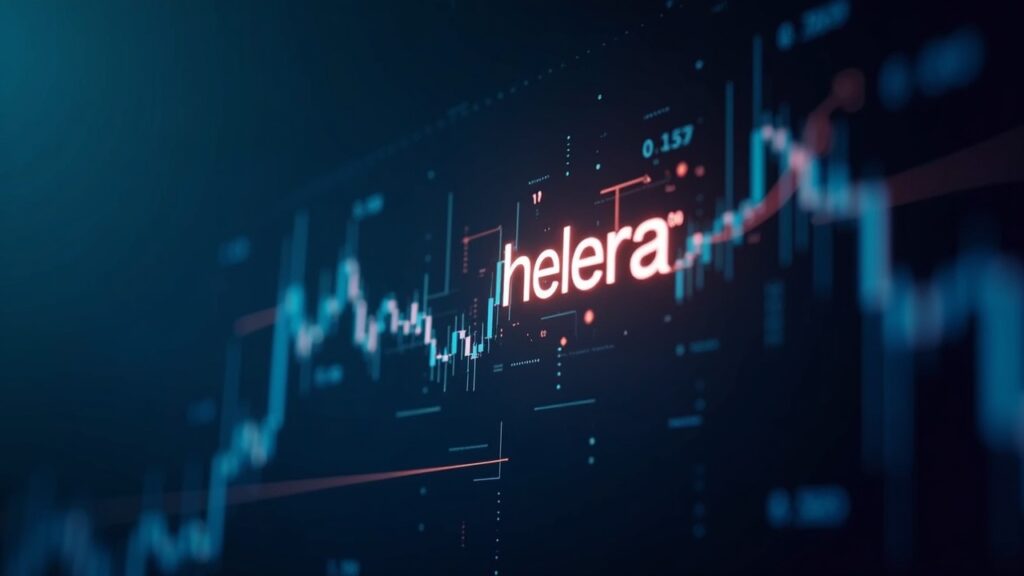Hedera (HBAR) recorded a 1% gain that allowed it to break the resistance at $0.143, a technical signal interpreted as potentially bullish for the asset. The move coincides with institutional flows and the derivatives calendar on major platforms, which places price and liquidity in the spotlight for institutional traders and investors.
The break of the $0.143 level occurs within a demand range identified between $0.142 and $0.145, which several analysts consider key to sustaining positive momentum. Immediate targets indicated include levels between $0.1452 and $0.165; a decisive close above $0.150 could confirm a larger rally toward $0.194. Historically, HBAR formed a double bottom near $0.14, which reduces selling pressure and supports the recovery hypothesis.
Nevertheless, mixed signals persist in momentum indicators: the RSI remains above 50 and the MACD is in positive territory, but there is a risk of overbought conditions if the price accelerates toward $0.1480, which could lead to a retracement to the mean before further advances. In addition, the asset continues testing a descending resistance line drawn over 1,400 days; a sustained close above $0.265 is the technical threshold which, if exceeded, would significantly expand the upside potential.
Regulation, adoption and institutional momentum
The recent buying pressure has an institutional component: funds have increased positions in HBAR, with a mentioned entity holding around 1% of the total supply, and the market is pricing in the effect of new derivative products. In particular, the launch of futures on key platforms scheduled for December 5 is a milestone that could increase liquidity and attract institutional counterparties.
ISO 20022 is cited as a relevant structural factor; it is a financial messaging standard that facilitates interoperability and traceability of payments between banks. The transition from SWIFT to ISO 20022 positions networks suitable for structured transactions as potential beneficiaries, insofar as they offer compliance and auditability compatible with banking infrastructures.
At the same time, there are evident frictions: reports of issues in the ecosystem and a decline in the supply of related stablecoins have been noted as risks that could limit appreciation. The network’s corporate governance, with heavyweight participants on its council, and its energy efficiency proposition are among the arguments in favor of enterprise adoption, but they do not eliminate exposure to volatility or operational challenges.
The surpassing of $0.143 marks a technical inflection point that reinforces the narrative of institutional interest and utility for structured payments, but the bullish path depends on sustained closes and the evolution of the ecosystem’s fundamentals.

